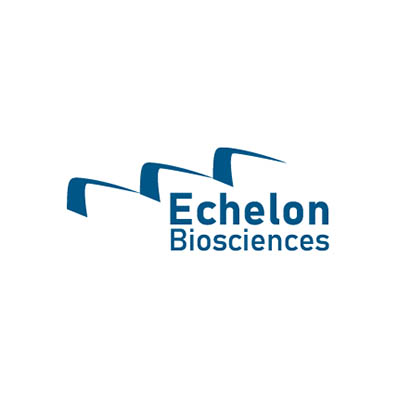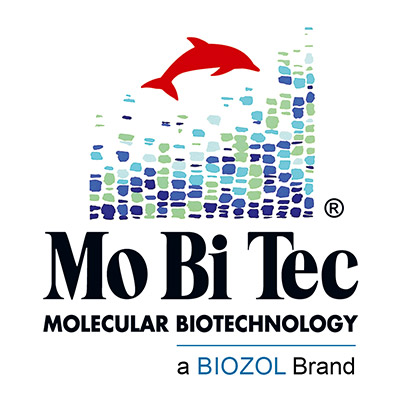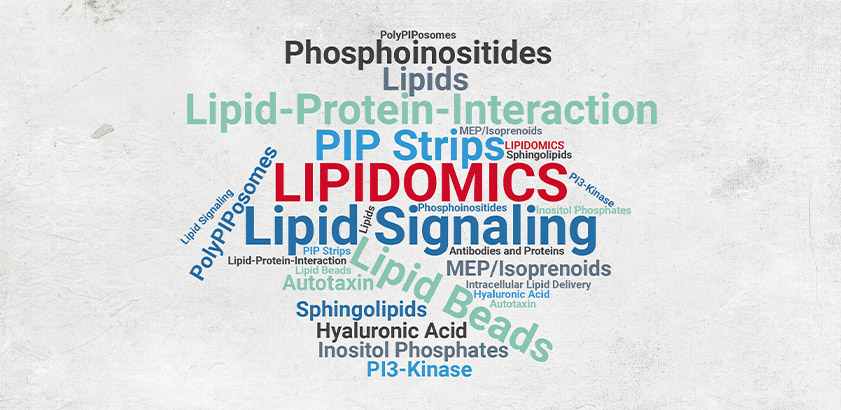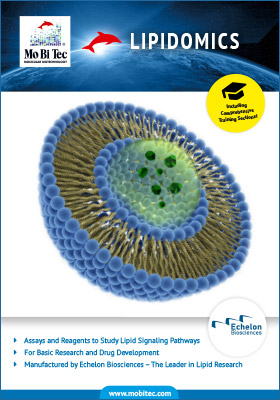No results were found for the filter!

Sphingosine 1-Phosphate Lyase Overexpression Lysate, active (Echelon Product Code: E-5000L 250UG)
Order #: ECH-E-5000L-250UG

Sphingosine 1-Phosphate Lyase, active (Echelon Product Code: E-5000P 2.5UG)
Order #: ECH-E-5000P-2.5UG

Sphingosine 1-Phosphate Lyase, active (Echelon Product Code: E-5000P 25UG)
Order #: ECH-E-5000P-25UG

Human Lysosomal Phospholipase A2 (hLPLA2), active (Echelon Product Code: E-7000 10UG)
Order #: ECH-E-7000-10UG

INPP4A, active (Echelon Product Code: E-8000 2.5UG)
Order #: ECH-E-8000-2.5UG

Sphingosine kinase 1, active (Echelon Product Code: E-K068 20UG)
Order #: ECH-E-K068-20UG

Sphingosine kinase 2, active (Echelon Product Code: E-K069 20UG)
Order #: ECH-E-K069-20UG

Versican G1 Domain (Echelon Product Code: G-HA01 50UG)
Order #: ECH-G-HA01-50UG

Biotinylated Versican G1 Domain (Echelon Product Code: G-HA02 50UG)
Order #: ECH-G-HA02-50UG

High Mobility Group Box 1 (HMGB1) (Echelon Product Code: G-HMGB1 50UG)
Order #: ECH-G-HMGB1-50UG

PI4-Kinase II alpha (PI4KIIa), active (Echelon Product Code: P21-10G 5UG)
Order #: ECH-P21-10G-5UG
Unit: 5 ug
Price on request

PI4-Kinase II alpha (PI4KIIa), active (Echelon Product Code: P21-10G 10UG)
Order #: ECH-P21-10G-10UG
Unit: 10 ug
Price on request
Viewed
*All prices in € excl. VAT and shipping



